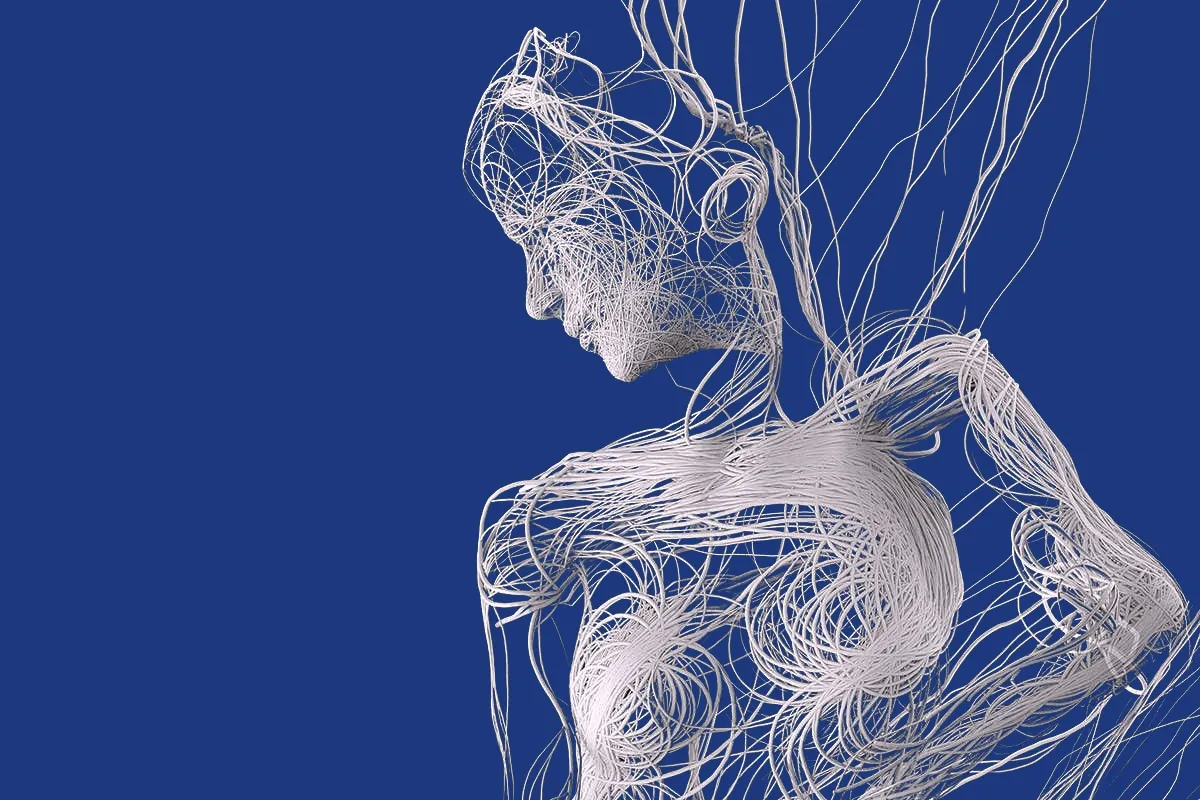The human body is a marvel of intricate systems working seamlessly to maintain balance and function. Historically overlooked and ignored, now recognized as a crucial component in this complex symphony, is the fascia. Far more than just connective tissue, fascia plays a key role in communication with the brain, influencing the whole body and contributing to our well-being.

Fascia is a connective tissue that weaves through the entire body; it is fluid and fibrous at the same time. It intertwines the muscles, and surrounds organs, nerves, and blood vessels. This intricate web of fascia serves multiple purposes, maintaining tensegrity (a term describing the way the body is floating within a network under tension), and facilitating movement.
Comprised of collagen and elastin, this three-dimensional matrix is a sensory organ that extends from head to toe. In fact, fascia is considered the largest sensory organ in the body. This is what makes fascia so intriguing; it is a communication highway within the body. It is not merely passive wrapping for muscles but a dynamic tissue that interacts with the whole nervous system. It actually “talks” to the brain! And of course, the brain communicates back to the fascia, influencing fascial tension, adaptability, and pain. This intricate interplay is crucial for coordinating movement, maintaining posture, and even influencing emotional states.

One remarkable aspect of fascial communication is its role in proprioception – the body’s ability to sense its position in space. Proprioception relies heavily on the feedback from mechanoreceptors in the fascia, allowing us to navigate the world with precision. This sense of spatial awareness is essential for activities ranging from simple tasks like walking to complex movements like playing sports.
Moreover, fascia’s communication with the brain extends beyond physical aspects. The latest research suggests that fascia plays a role in emotional and psychological well-being. The fascial matrix is rich in sensory nerves, and it follows that emotional experiences can be stored in the fascia. This in turn influences our overall mood and mental state. Techniques like fascial stretch therapy, a therapeutic approach targeting the fascial system, aim to release tension and promote a sense of relaxation, affecting emotional well-being.

Understanding the intricate relationship between fascia and the brain has implications for various fields, including medicine, rehabilitation, and holistic therapies. Therapists and practitioners are exploring ways to leverage this communication for improved health outcomes, whether through targeted exercises, bodywork, or mindfulness practices.
The fascia is not simply a wrapping medium holding muscles and organs together. It is a dynamic communicator with the brain, influencing our movement, posture, and even our emotional well-being. As research in this field continues to unfold, we are gaining a deeper appreciation for the role fascia plays in maintaining the harmony of the human body. This intricate interplay between fascia and the brain underscores the importance of a holistic approach to health that considers the interconnectedness of all bodily systems.
Until next time… ~ breathe ~ move ~ unwind ~





